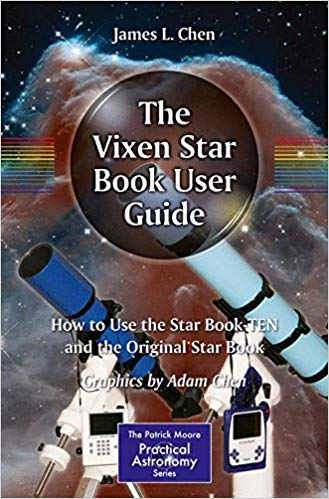Many years ago, I attended a star party in Pennsylvania and overheard a heated discussion between to amateur astronomers over the merits of different ultra wide-angle eyepieces and Plossl eyepieces marketed by different manufacturers. Claims of superior or inferior glasses and different levels of quality control were bandied about as the discussion became more heated and started drawing a crowd.
I smiled as I was amused that these two guys really did not understand that both brands of telescope eyepieces actually came out of the factory in mainland China!
I interjected that fact into the discussion, and was told (in no uncertain terms) that I didn’t know what I was talking about! Just then, one of the vendors who was displaying and selling their products at the morning vendor show and swap meet happened by, defended my statement and left the verbal combatants in utter silence.
I tell this story to highlight the misconception held by many in the amateur astronomy world that every brand of eyepiece is uniquely designed and manufactured.
In reality, there are only a handful of optics manufacturers and many familiar brand names are just re-branded designs of these few optical houses.
Let us start with “Made in the USA” eyepieces. There are only two, Vernonscope Brandon eyepieces and Edmund Scientific RKE eyepieces. And the actual lenses for the Brandons aren’t even manufactured by Vernonscope, but by an optics house located in a southern state. I’ve been sworn to secrecy on the name of the optical company, but its a similar arrangement to Questar’s optics being made by Cumberland Optics in Maryland (oh, you didn’t know that? A subject for a future Jim’s Corner!).
All of the rest of the eyepieces that populate the advertisements in Sky and Telescope and Astronomy magazines are made in Japan, Taiwan, or mainland China. Yes, that includes most of the favorite brands around.
There are five Japanese companies manufacturing telescope optics including eyepieces. They are :
Canon Global
Carton Optical Industries
Hioptic Optics
Nikon Corporation
Vixen Optics
Mainland China is represented by:
Jinghua Optical Electronics Company
Kson Optics- Electronics Company
Kunming United-Optics
Suzhou Synta Optical Technology Company
The two Taiwan optical firms are Long-Perng Company and Guan Shang Optical..
Please note that Suzhou Synta Optical Technology Company are the current owners of Celestron and one of their subsidiaries operates Meade Corporation.
Occasionally, a handful of eastern European eyepieces are available in this country made by the Russian firms such as Lomo and Intes. And various versions of Zeiss othroscopics can be found on eBay or Astro-Mart.
By the way, the argument at the star party was over the merits of the Celestron Luminos eyepieces and the Meade Series 5000 UWA eyepieces. Both brands are made by Suzhou Synta Optical Technology Company, and are basically the same eyepieces except for the different housings and branding. Surprise!!!
